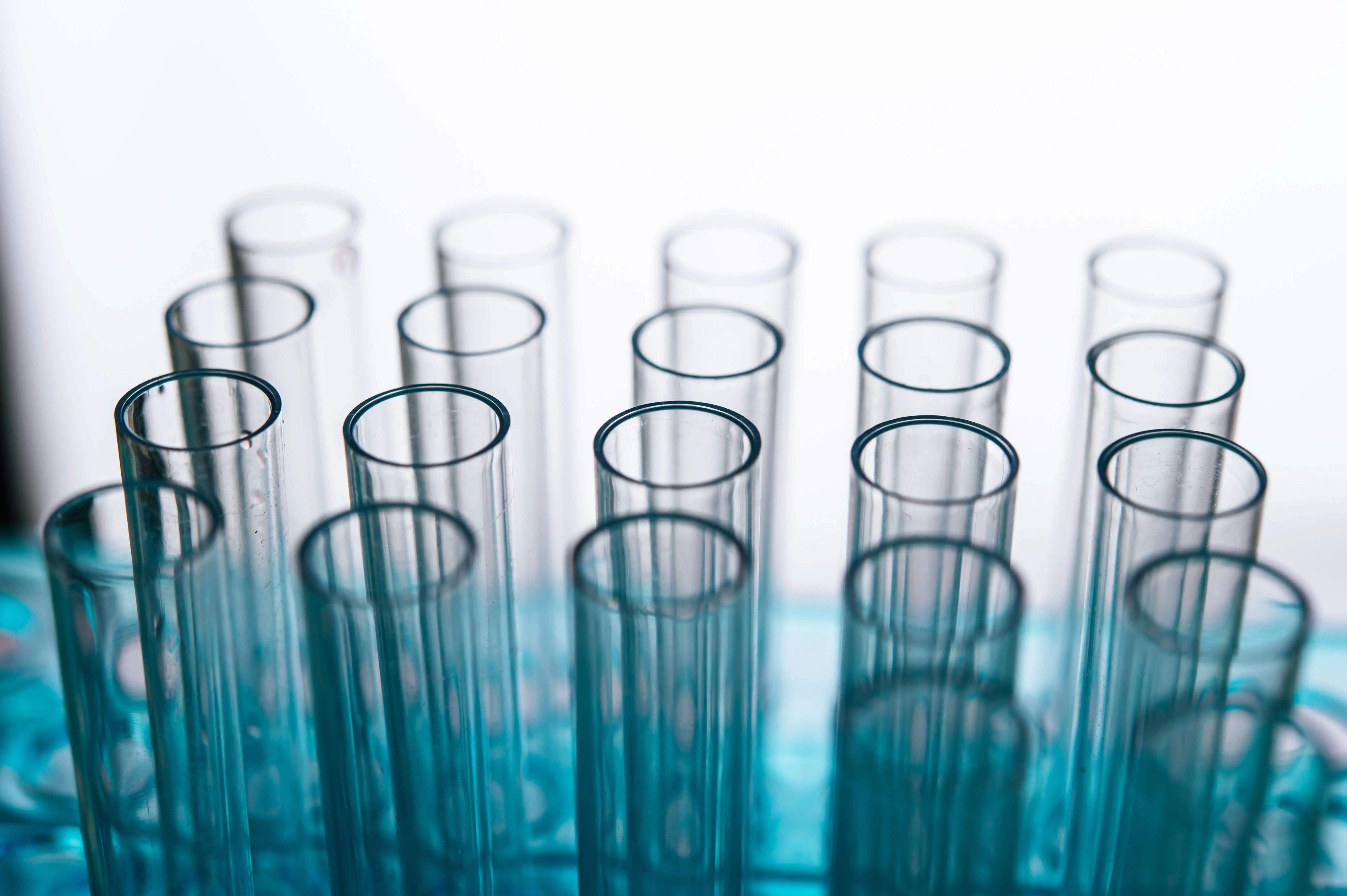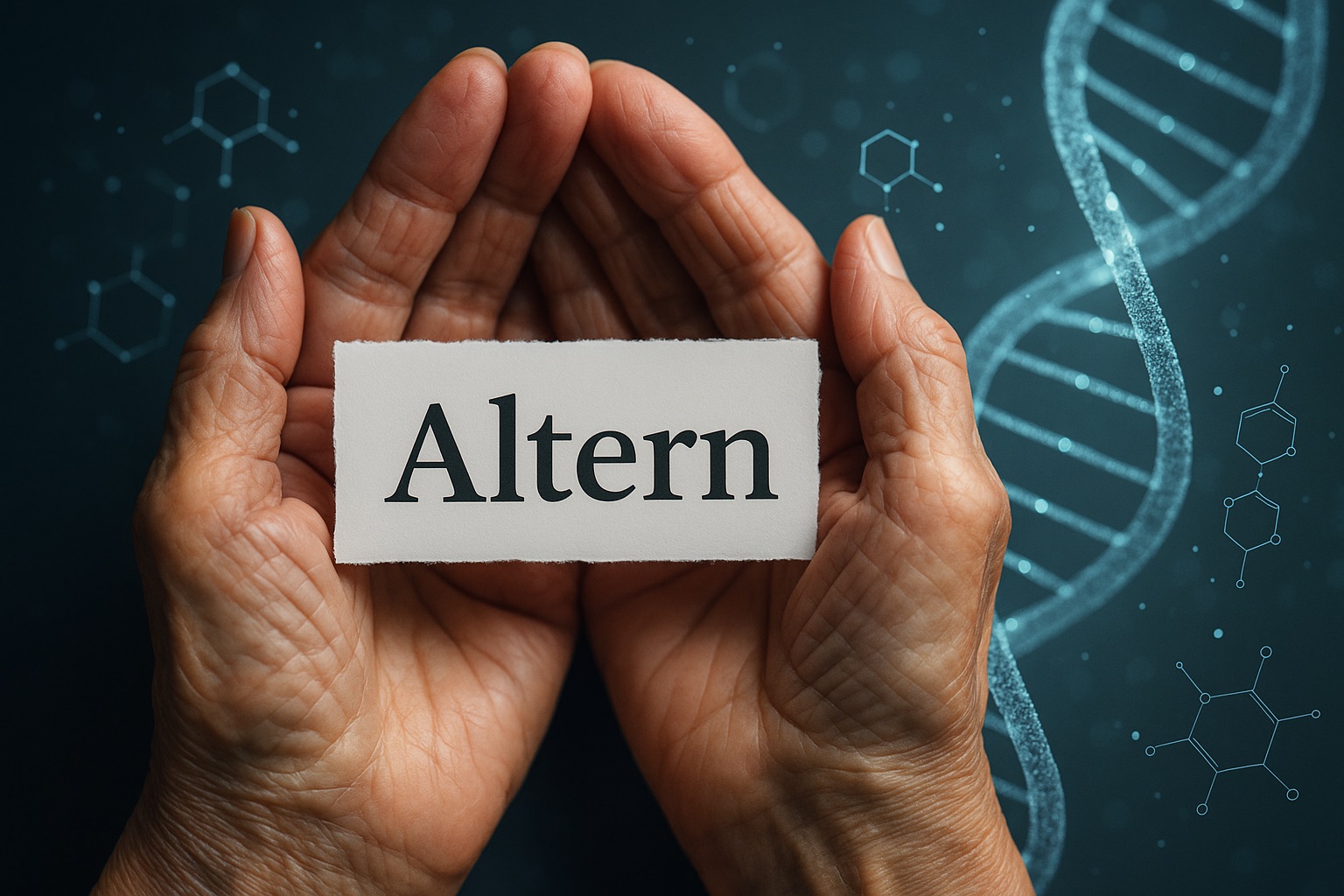Oxygen Boost for Body and Mind – How HBOT Fuels Cellular and Brain Vitality
What research says about regeneration, reduced inflammation, and brain function

Hyperbaric oxygen therapy (HBOT) originally comes from emergency and wound medicine, where it is used to treat poorly healing tissues or after decompression accidents. In the meantime, it is increasingly becoming the focus of longevity research. Studies show that controlled oxygen exposure under pressure can not only accelerate healing processes, but also influence age-relevant mechanisms such as cell regeneration, inflammatory responses, and brain function.
Origins and operating principles
The principle is simple, the effect is complex: At elevated ambient pressure, patients breathe pure oxygen, which significantly increases the proportion of blood plasma. This allows more oxygen to reach the tissue — even to areas that are otherwise difficult to reach. The organism reacts to this with a series of adaptive processes that can promote regeneration and metabolic activity.
It is only recently that HBOT has also been researched in connection with prevention and healthy aging — as a potential impetus for cellular renewal and performance beyond traditional medicine.
Possible effects on aging processes
Research in recent years suggests that HBOT could influence several key mechanisms of aging. The increased oxygen content acts as a controlled stimulus: oxidative stress occurs in the short term, to which the body reacts by increasing the activation of its own repair and protection systems.
Important observed effects include:
- Reducing cellular senescence: In studies, the proportion of aging immune cells was reduced by up to 37%.
- Telomere lengthening: The protective end caps of the chromosomes extended by around 20%.
- Promoting new blood vessel formation: The increased oxygen supply stimulates growth factors such as VEGF (Vascular Endothelial Growth Factor) and improves microcirculation.
- Strengthening mitochondria: HBOT can increase energy production and cellular performance.
- Anti-inflammatory effects: Inflammatory markers in the blood are reduced while repair mechanisms increase.
These results come mostly from smaller studies and should be understood as clues — not as evidence of actual “rejuvenation” at the cell level.
Effects on brain and cognition
HBOT is currently receiving particular attention in the area of brain health. In a study with older adults, both blood flow to certain brain regions and cognitive performance improved after several weeks of treatment — in particular attention, processing speed and memory.
The effects are attributed to a combination of increased oxygen supply, new vascular formation and neuroplastic changes. It is possible that HBOT activates signaling pathways similar to physical training or intermittent lack of oxygen (intermittent hypoxia training), but under controlled conditions.
Opportunities and limits
The prospect of using oxygen to slow down biological aging is tempting — but data remains limited. The previous studies are small, often without placebo control and over short periods of time. It is unclear whether the observed changes will persist in the long term or will adjust again after treatment has ended.
Possible benefits are:
- multimodal mechanisms of action with influence on several aging processes at the same time,
- non-invasive use without medication,
- potential addition to existing prevention strategies,
- synergies with lifestyle measures such as exercise or diet.
Open questions and risks:
- unclear optimal dosage and session frequency,
- possible side effects such as pressure injuries or seizures,
- high costs and limited availability,
- lack of long-term data on the sustainability of the effects.
Between hope and evidence
HBOT is considered one of the most exciting but also controversial interventions in the area of longevity medicine. The documented effects on inflammatory processes, cell aging and brain function are promising — at the same time, there is a lack of large, independent studies that could provide clear evidence.
In the best case scenario, HBOT could serve as a complementary measure in the future: as a component of a holistic longevity approach that includes diet, exercise, sleep and mental health. After all, oxygen therapy — despite technological sophistication — remains an impulse that the body must first translate into sustainable regeneration.
References
- Efrati S. et al. (2020). Hyperbaric oxygen therapy increases telomere length and decreases immunosenescence in isolated blood cells: a prospective trial. Ageing, 12 (22). DOI: 10.18632/aging.202188
- Hadanny A. et al. (2021). Cognitive enhancement of healthy older adults using hyperbaric oxygen: a randomized controlled trial. Frontiers in Aging, 2:783144.
- Thom S.R. (2022). Regenerative and anti-aging effects of hyperbaric oxygen therapy. ScienceDirect, Journal of Regenerative Medicine.
- Harvard Health Publishing (2023). Hyperbaric oxygen therapy: evidence-based uses and unproven claims.
Publiziert
13.10.2025
Kategorie
Longevity

Experte
Hyperbaric oxygen therapy (HBOT) originally comes from emergency and wound medicine, where it is used to treat poorly healing tissues or after decompression accidents. In the meantime, it is increasingly becoming the focus of longevity research. Studies show that controlled oxygen exposure under pressure can not only accelerate healing processes, but also influence age-relevant mechanisms such as cell regeneration, inflammatory responses, and brain function.
Origins and operating principles
The principle is simple, the effect is complex: At elevated ambient pressure, patients breathe pure oxygen, which significantly increases the proportion of blood plasma. This allows more oxygen to reach the tissue — even to areas that are otherwise difficult to reach. The organism reacts to this with a series of adaptive processes that can promote regeneration and metabolic activity.
It is only recently that HBOT has also been researched in connection with prevention and healthy aging — as a potential impetus for cellular renewal and performance beyond traditional medicine.
Possible effects on aging processes
Research in recent years suggests that HBOT could influence several key mechanisms of aging. The increased oxygen content acts as a controlled stimulus: oxidative stress occurs in the short term, to which the body reacts by increasing the activation of its own repair and protection systems.
Important observed effects include:
- Reducing cellular senescence: In studies, the proportion of aging immune cells was reduced by up to 37%.
- Telomere lengthening: The protective end caps of the chromosomes extended by around 20%.
- Promoting new blood vessel formation: The increased oxygen supply stimulates growth factors such as VEGF (Vascular Endothelial Growth Factor) and improves microcirculation.
- Strengthening mitochondria: HBOT can increase energy production and cellular performance.
- Anti-inflammatory effects: Inflammatory markers in the blood are reduced while repair mechanisms increase.
These results come mostly from smaller studies and should be understood as clues — not as evidence of actual “rejuvenation” at the cell level.
Effects on brain and cognition
HBOT is currently receiving particular attention in the area of brain health. In a study with older adults, both blood flow to certain brain regions and cognitive performance improved after several weeks of treatment — in particular attention, processing speed and memory.
The effects are attributed to a combination of increased oxygen supply, new vascular formation and neuroplastic changes. It is possible that HBOT activates signaling pathways similar to physical training or intermittent lack of oxygen (intermittent hypoxia training), but under controlled conditions.
Opportunities and limits
The prospect of using oxygen to slow down biological aging is tempting — but data remains limited. The previous studies are small, often without placebo control and over short periods of time. It is unclear whether the observed changes will persist in the long term or will adjust again after treatment has ended.
Possible benefits are:
- multimodal mechanisms of action with influence on several aging processes at the same time,
- non-invasive use without medication,
- potential addition to existing prevention strategies,
- synergies with lifestyle measures such as exercise or diet.
Open questions and risks:
- unclear optimal dosage and session frequency,
- possible side effects such as pressure injuries or seizures,
- high costs and limited availability,
- lack of long-term data on the sustainability of the effects.
Between hope and evidence
HBOT is considered one of the most exciting but also controversial interventions in the area of longevity medicine. The documented effects on inflammatory processes, cell aging and brain function are promising — at the same time, there is a lack of large, independent studies that could provide clear evidence.
In the best case scenario, HBOT could serve as a complementary measure in the future: as a component of a holistic longevity approach that includes diet, exercise, sleep and mental health. After all, oxygen therapy — despite technological sophistication — remains an impulse that the body must first translate into sustainable regeneration.
Experte
Referenzen
- Efrati S. et al. (2020). Hyperbaric oxygen therapy increases telomere length and decreases immunosenescence in isolated blood cells: a prospective trial. Ageing, 12 (22). DOI: 10.18632/aging.202188
- Hadanny A. et al. (2021). Cognitive enhancement of healthy older adults using hyperbaric oxygen: a randomized controlled trial. Frontiers in Aging, 2:783144.
- Thom S.R. (2022). Regenerative and anti-aging effects of hyperbaric oxygen therapy. ScienceDirect, Journal of Regenerative Medicine.
- Harvard Health Publishing (2023). Hyperbaric oxygen therapy: evidence-based uses and unproven claims.
Publiziert
13.10.2025
Kategorie
Longevity

.svg)














